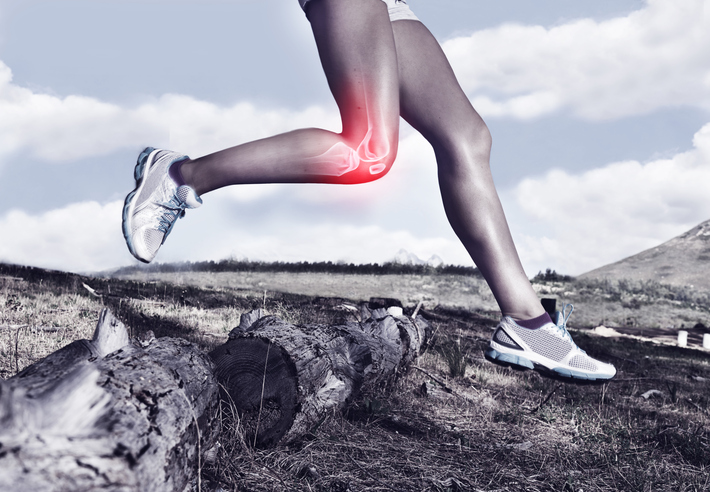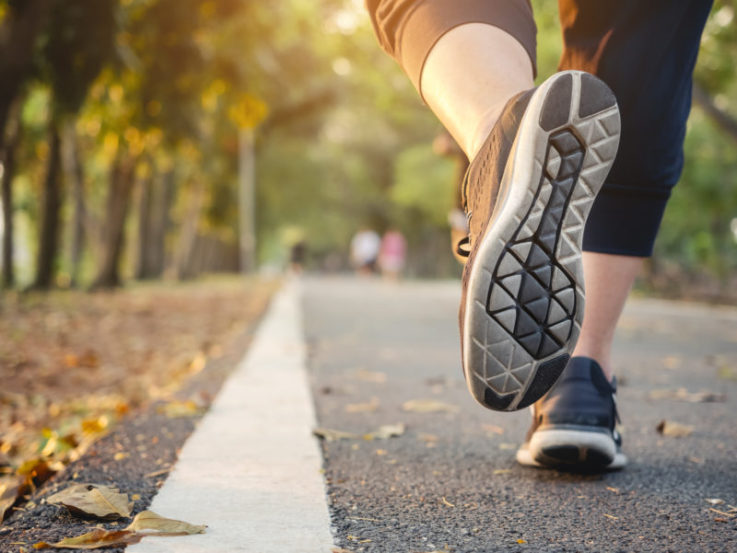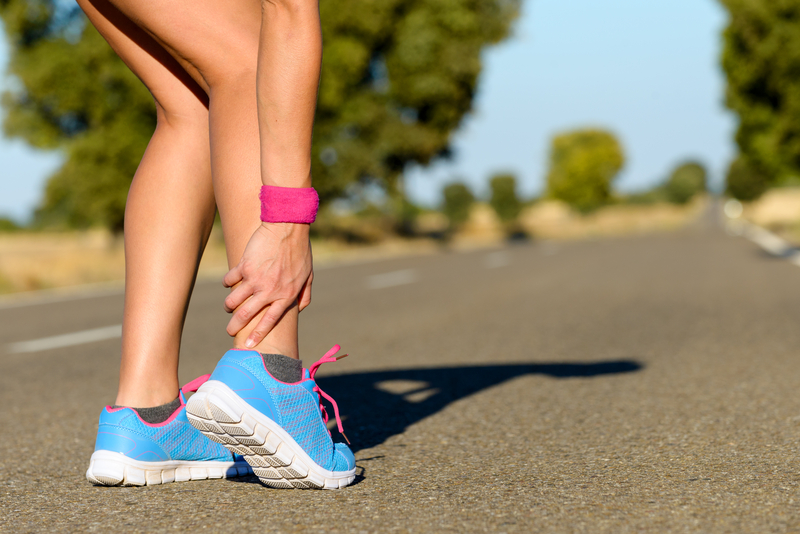What Is Tendinopathy (and can you prevent tendon injuries)?

What is tendinopathy, and what are the causes of tendinopathy? While the terms are often used interchangeably, you might be surprised to learn that tendinopathy and tendonitis are actually not the same thing. While both conditions involve pain in the affected area, tendonitis is strictly inflammation of the tendon, whereas tendinopathy is a bit more involved and includes degeneration of the collagen proteins that make up the tendons.
Recurring and longer-term injuries to the tendons can also be considered tendinopathy, and developing protocols to prevent and manage this damage is essential to continue with lifelong exercise habits.
What Causes Tendinopathy?
Tendons are different from muscles in that they are fibrous connective tissue. Their function is to connect your muscles to your bones. When you injure an area, you might experience pain, weakness, swelling, and stiffness, along with impaired flexibility and mobility.
Tendinopathy can occur when the fibrous tissues in the tendons sustain stress and overuse. The pain is usually near the insertion point in the muscle or at the point where the tendon attaches to the bone. The causes of tendinopathy vary but can be narrowed down to a few main categories:
Aging—unfortunately, as we age, our bodies can begin to have degenerative issues, and that includes the breakdown of tendons over time. Your body may even begin to deposit calcium in the tendons, which causes a condition called “calcific tendinopathy” and can lead to bone spurs.
Stress—when you overstress a certain area, the concentrated force of the stress can cause tendinopathy to occur. This can happen by using improper form when lifting or using equipment incorrectly, which puts too much stress on the tendons.
Overuse—excessive repetitive use (often with some sort of force) can cause tendinopathy to develop. You might see this in athletes or people who need to do an extreme number of repetitive movements throughout their workdays.
Injury—if you’re injured and don’t allow for time to heal, and you also don’t take the proper steps for physical therapy and recovery, you can make a tendon issue worse.
Not warming up—even something as simple as not allowing your body to warm up fully prior to a strenuous workout can put too much pressure on the tendons and leave you with pain and tendon trauma.
Common Tendon Injuries
Just like the causes of tendinopathy are varied, the areas that most often experience injury are broad as well. Some common tendinopathy issues include these areas:
- Shoulders: front, side, back
- Elbows and forearms
- Knees
- Ankles
What Can You Do to Prevent Tendon Injuries?
You can do a lot to prevent tendon injuries! You just have to take the time to do what’s needed:
Rest—this is the best medicine. If you can’t rest the injured area completely for a brief period, at least try reducing the volume of your repetitive motions and exercises and do fewer of the same movements each week. For example, instead of running five days a week, taper down to maybe two days a week. If you can rest the area completely as you heal, do.
Thorough warm-ups—another great way to prevent tendon injuries is by making sure you always do a comprehensive warm-up, getting your heart rate up to spur circulation and going through the full range of motion for your upcoming exercises.
Proper technique—the movement patterns you put your muscles and tendons through can make a big difference. If your technique is off, you can imagine that continuing to perform reps incorrectly will take a toll over time. Find out how to do the exercise correctly, and then always monitor your form to stay on track. If you can’t complete a rep with proper form, then the weight is probably too heavy.
Slow down—slowing your repetitions when weight training is a good way to build strength not only in the muscles but also in the tendons. Slow the eccentric (lengthening) part of the rep down to 3 to 5 seconds, keeping the concentric (shortening) portion at one second as you build up your load capacity over time.
Proper equipment—another cause of tendinopathy can be faulty equipment. For example, if your shoes are not the right fit for your feet and they cause your ankles to pronate, which can lead to knee, hip, and back issues, and your tendons will suffer as a result.
Physical therapy—you can use either formal physical therapy or do your own. Include things like trigger point massage, foam rolling, stretching, and range of motion exercises.
Stretching and mobility—take plenty of time to thoroughly stretch during and after your workouts and always take your muscles through the full range of motion on exercises before adding weight. Look online to find exercises to improve mobility as well (there are a lot), including specific movements for ankle and hip mobility.
Alter your exercises—switch it up to make sure you’re not always doing the exact same movements. Keep your body guessing and keep the stressors moving around so they’re not always concentrated on the same areas.
Other preventative measures—you can also try the usual preventative and rehabilitative techniques.
- Active rest—whatever you’ve been doing that’s been causing you pain, stop or alter. But don’t stop moving completely. Choose to work on other body parts or modify exercises, so they are pain-free. Activity helps increase circulation and delivers nutrients to healing tissues.
- Alternate ice and heat—switch between ice and heat for 20 minutes at a time, but just for a day or two. Our bodies use inflammation to clear out dead cells and supply nutrients to help our cells repair. You want to reduce inflammation immediately after an injury, but prolonged or daily icing can make you feel stiffer and lead to less resilient tendons. Chronic inflammation, however, can also lead to long-term issues. So, you don’t want to ignore or block all inflammation. Rather, you want to modulate it to keep it within a healthy range.
- Avoid or limit anti-inflammatories if possible—while anti-inflammatories may help reduce pain in the short term, they can also slow the recovery of tendons with prolonged use. Again, modulate inflammation with the minimum effective dose of any anti-inflammatories, such as NSAIDs or ice.
In addition, make sure you’re getting plenty of sleep, keep moving your body daily (walking is one of the best things you can do for your tendons and joints as long as it isn’t painful), stay hydrated, and consider supplementing with collagen to support connective tissue, including the tendons.

A visit to a qualified physical therapist can help address imbalances, improper form, repetitive motions, and other issues that can lead to painful tendinopathy.
A good overall rule of thumb to avoid the causes of tendinopathy is to take things slowly. Work your way up to heavier weights or more repetitions; don’t suddenly increase the load or volume of work on your tendons. And, if you do start to experience pain in a tendon, take a break from what you’re doing and allow the area to heal before proceeding again. Then, slowly add load to strengthen the tendons and muscles and help prevent future irritation or injury.






